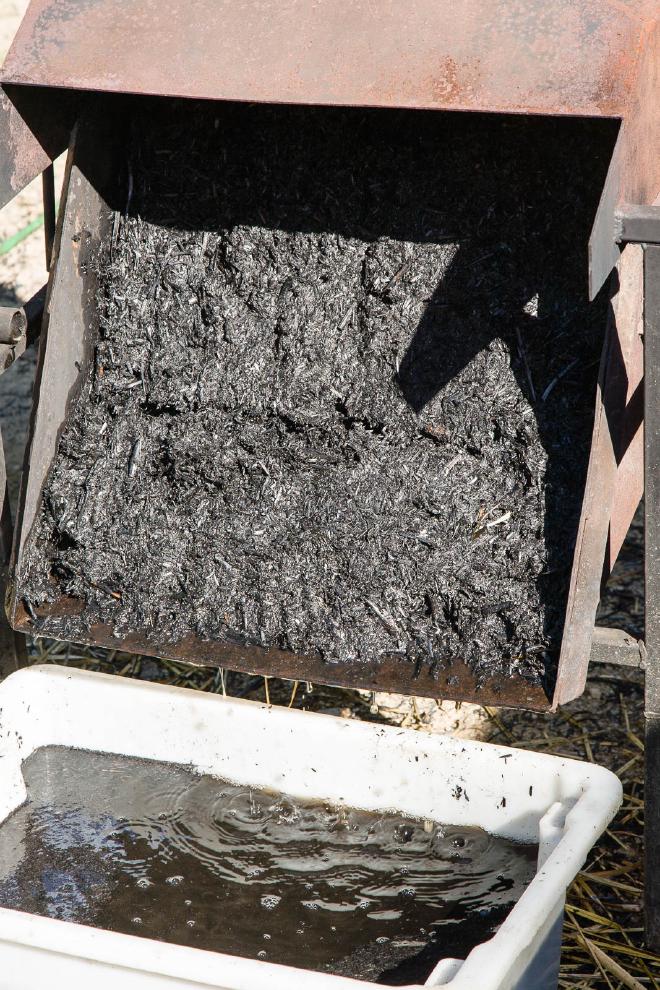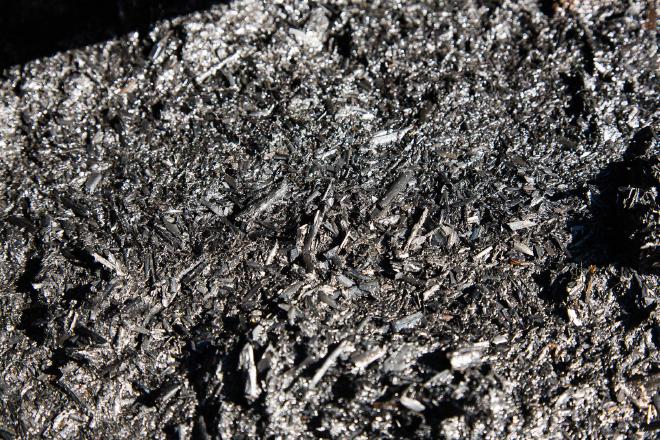Making Biochar with Vetiver
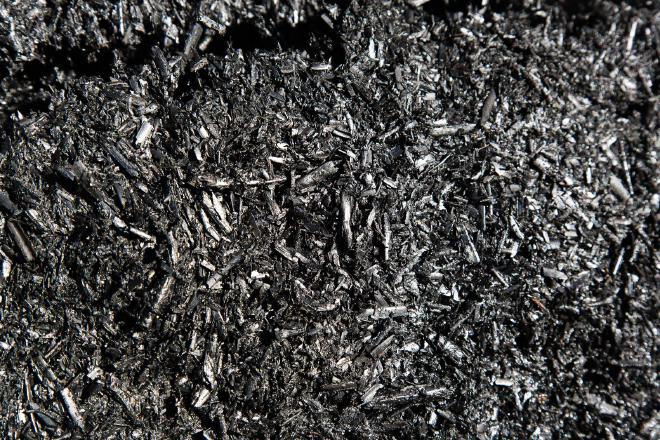
A couple of years ago, I decided to utilise Vetiver biomass in a different way by turning it into biochar. Ideally, a contained method such as a retort or TLUD would be safer but I decided to try it in a flame-shielded kiln which is essentially an open tub or drum. A simple backyard method for making reasonable quality char is a ‘cone pit’ which is the same theory, the new material added on top of the burnt material underneath prevents the lower material from accessing oxygen which creates a simple form of pyrolisis.
The material was cut first cut from a hedge, allowed to dry in the field, and collected.
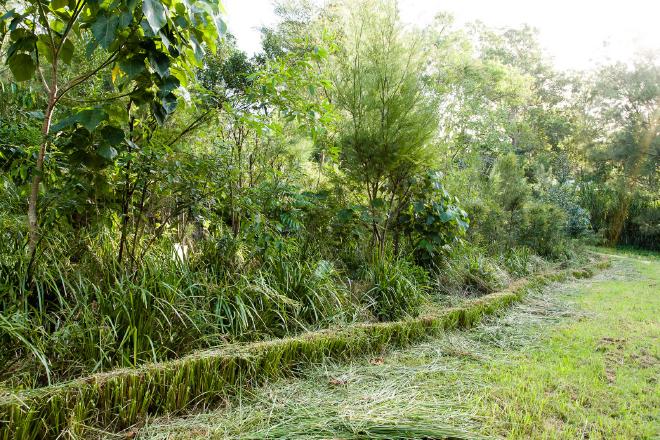
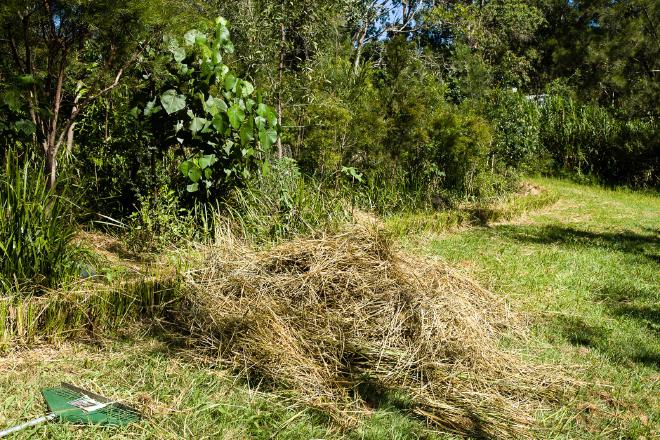
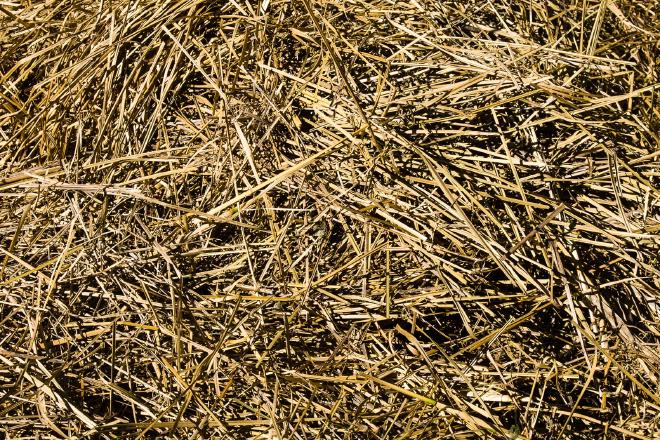
The dried material was added as is to the kiln in layers; first started as a small fire in the bottom, more material added and stirred to make sure each piece of grass was burnt, and then more layered on until the kiln was full. The problem with using dried thin grass is the extreme speed and flammability of the grass compared to bamboo (another quick burner) versus timber which are both far safer. The burn from start to finish was non-stop work and a higher risk when feeding material into drum.
Once the kiln is full and the top layer is burnt, the fire is extinguished by filling the drum and the water captured as it may have lost nutrient as ash contained within.
The grass char was used as an additive to a worm farm which then cycled into a nursery system as a potting mix amendment.
